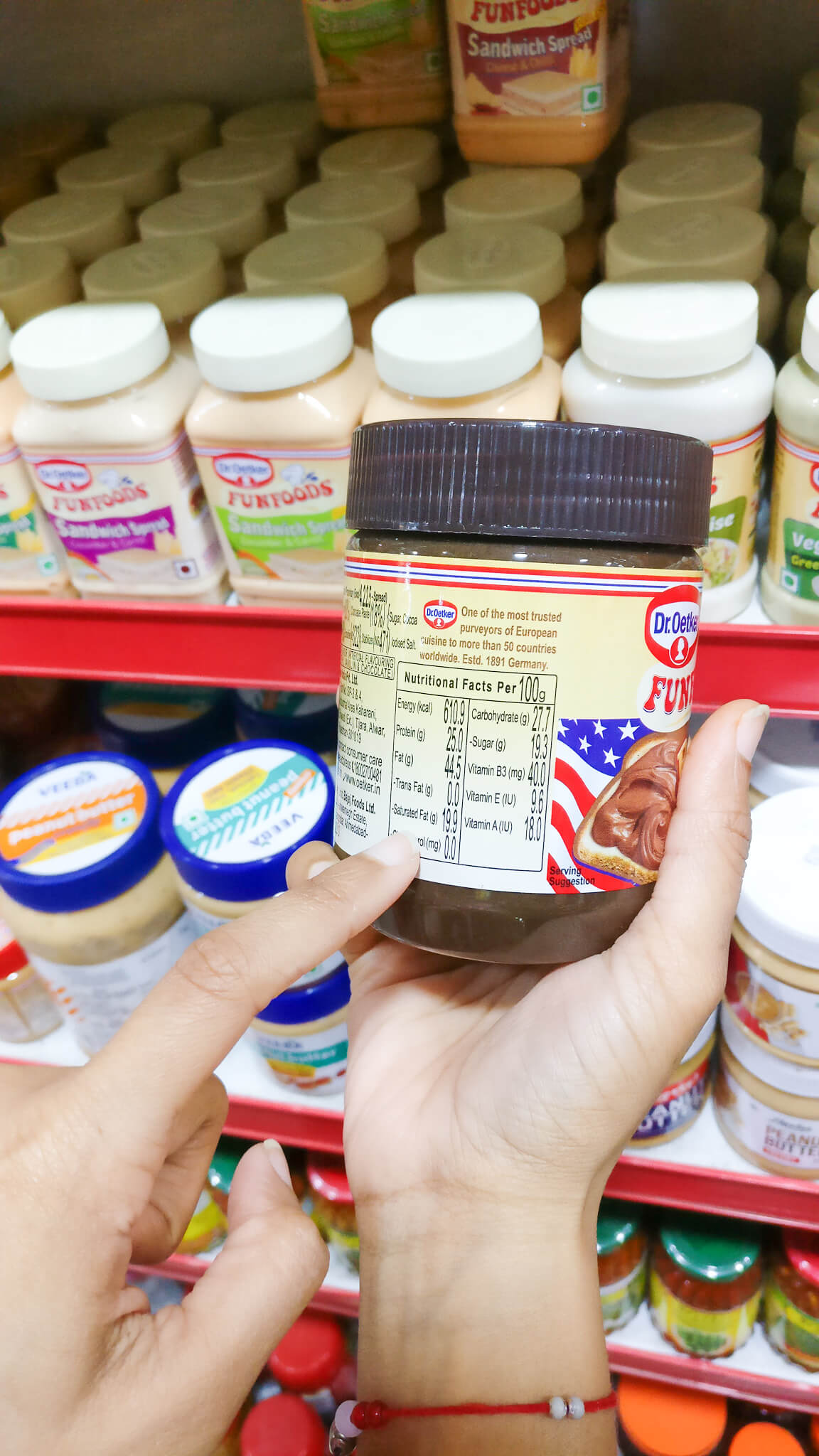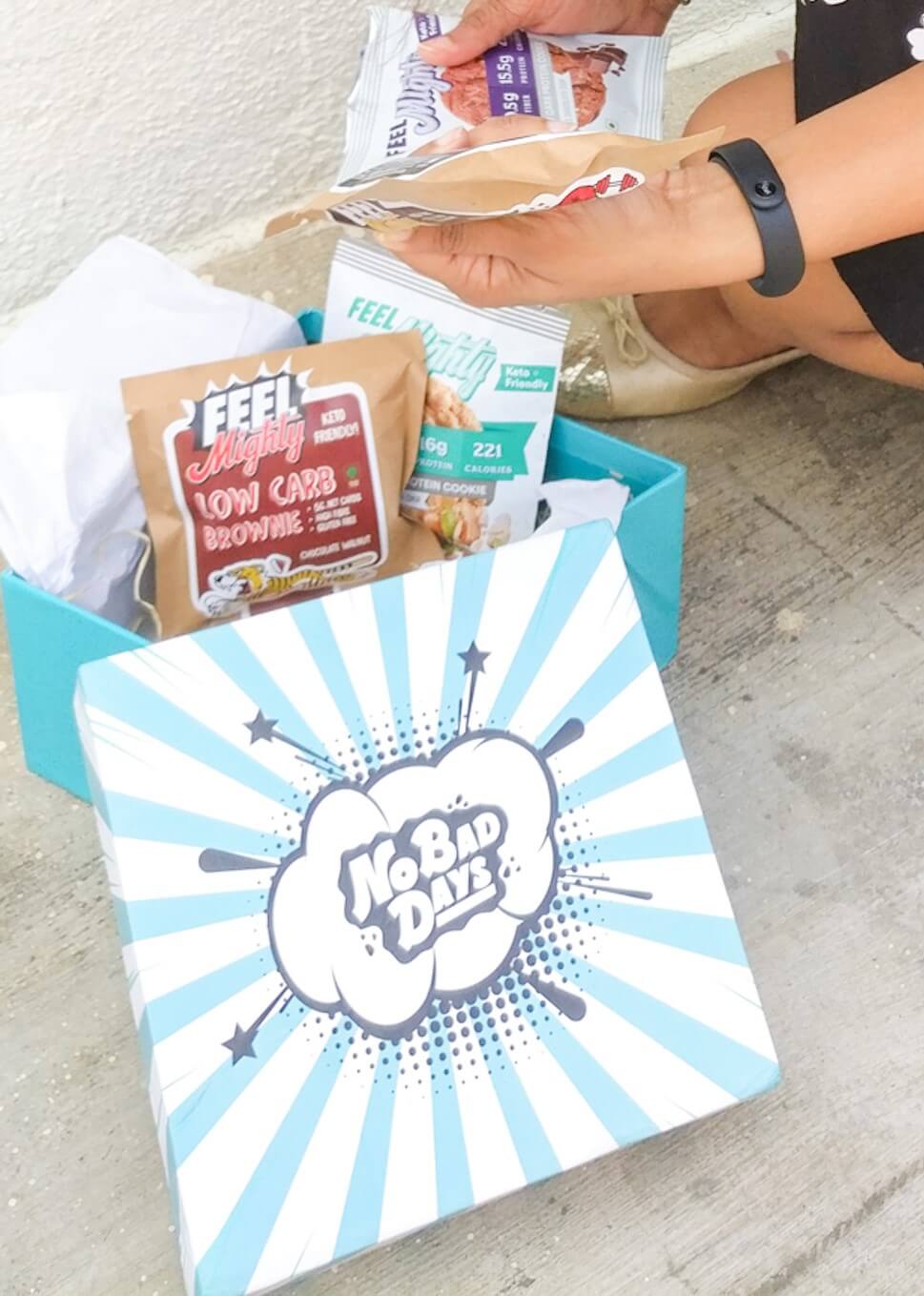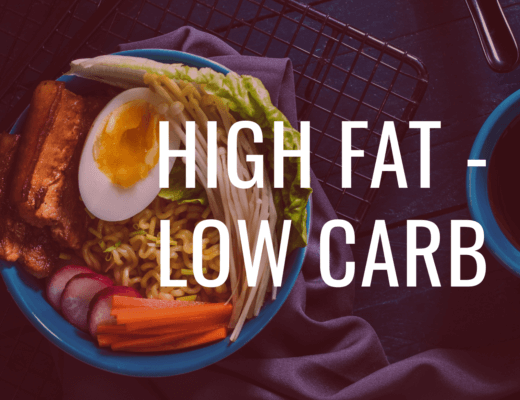How many of us look at the “Nutrition Facts or labels”? and even if we do, the next question that arises is, how many of us are good at decoding it? Never ignore Nutrition facts. Snubbing them at the grocery store is the biggest mistake you can do. And if you think calories are the only thing you should look at in that table, then you’re wrong. C’mon! Calories are only a measure of energy that a particular food provides. The decoding game is bigger than this and you should know how to play it well. The labels can help you decide whether that product needs a spot on your table or how healthy the so-called healthy foods are. You look for the nutrition facts for various purposes like losing weight, maintaining weight, or just making healthier choices. Reading them is not rocket science and everyone can master the art of reading them, but to use them more effectively and easily is what we have to master.
What does your nutrition label say?

- SERVING SIZE: First and the foremost important thing is the serving size. When you see the box of muffins and think that ” Wow! The box of muffins is just 200 calories”, and your box contains two of them. The calories for a single serving are 200 and the number doubles for the two. You need your basic maths here if you want to play the safe game and don’t get fooled by those numbers. The serving size reflects the amount the people typically eat or drink. It is not the recommendation of how much you should eat or drink. Pay close attention to the serving size and the units present in it. So, if you had that complete box of muffins(2 in number), then the nutrients, calories and the % daily values also doubles. Look carefully at how much you’re consuming and make sure the serving size fits your daily caloric allotment.
- CALORIES: Calories are not the only thing you should look for, they are just the amount of energy you are getting from a specific food or a drink. Suppose each muffin is 200 calories and you choose to have the entire box(2 muffins), which means you are going to have 400 calories in total. To maintain a healthy body weight, balance the number of calories you eat or drink, with the number of calories your body uses. Your calorie needs will change according to your height, weight, age and body goals. To get the right calories, check where are they coming from and then pick. Make sure that the majority of your calories come from the macros and not from sugar.
- NUTRIENTS: You just can’t neglect them, they are the driving force behind our healthy body. You lack one, you suffer! There are some key nutrients that your body must get. Pick the foods that contain more of the nutrients you want and less of what you want to limit. There are a few of them, which you should limit like: Saturated fats, Sodium, and Sugars. These 3 S’s will not do any good for your body and should be consumed in the limit. The body needs fat, you just can’t live without them, but make sure you get them from the right source. Saturated fat is a type of dietary fat, which is unhealthy just as trans fats and should be avoided. Foods rich in saturated fat and trans fats increase the risk of heart diseases, bad cholesterol(LDL) and weight gain. Second, comes the Sodium- No one can survive without sodium, as it is a crucial electrolyte for the body and the deficiency of this can manifest weakness, headache, fatigue, muscle cramps, vomiting, and confusion. So, you can’t just omit them from your diet. Having more of it can cause problems like increased blood pressure and will also increase the risk of stroke, heart failure, osteoporosis, stomach cancer, and kidney disease. The third S, Sugar. It is the most addictive substance and is present in all the carbs. Massive sugar intake can lead to diabetes, obesity, heart disease, cancer, decreased longevity, and many other problems. Devouring too much sugar can make it challenging to meet the nutrients needs while staying within the calorie limits.
- WHAT ARE ADDED SUGARS AND HOW ARE THEY DIFFERENT FROM TOTAL SUGARS? This is the next question that can hit your mind when you see the nutrition label. Sugar is present almost everywhere (carbs), sometimes in minute amount or sometimes in large. TOTAL SUGAR on the Nutrition Facts Labels includes the sugar naturally present in nutritious foods and beverages like milk and fruit as well as any added sugar that may be present in the product. Whereas, ADDED SUGAR includes the sugar that is added during processing, foods packaged as sweeteners, sugars from syrups and honey and sugar from concentrated fruit or vegetable juices. If the Nutrition Label says ” includes” before added sugar, then it indicates that the added sugar is included in total sugars in the product. Nutrients that you should be consuming more are Dietary fiber, Vitamin D, Calcium, Iron and Potassium. Dietary Fiber normalizes the bowel movement, lowers cholesterol levels, helps control the blood sugar levels, aids in achieving a healthy weight and helps you live longer. Diets higher in Vitamin D, Calcium, Iron, Protein and potassium reduces the risk of developing osteoporosis, anemia and blood pressure.
- % DAILY VALUES: The percentage of the daily values tells the amount of percentage the nutrient contributes to a total daily diet. It will tell you how a particular food item fits your daily meal plan. Percent Daily Values are for the entire day and not just for one meal or a snack. The % DV values on the nutrition label do the math for you and help you interpret the nutrient numbers by putting them in the range of 0 to 100 % for the day. The % DV column doesn’t add vertically to 100%. The percentage DV helps you tell the contribution of a particular nutrient to the diet. The values are according to the 2000 calories per day. 5% DV or less of a nutrient per serving is low, and 20 % DV or more of nutrient per serving is high. Choose foods that have a high % DV of dietary fiber, vitamin D, calcium, iron, and potassium. And, limit the foods having low % DV of sodium, saturated fats, and sugars. % DV can help you in comparing the products, so you pick the best one. Master the art of balancing! This will help you enjoy your favorite food guilt-free. If you’re eating something high in saturated fats, balance it with food low in saturated food during your next meal(s). Look at the choices you make throughout the day and balance accordingly.
The 4 major steps above will tell you how to use the Nutrition Label effectively and also know the food you’re putting inside your body. So, don’t fall for the so-called healthy foods. There are few other things you should keep in mind before you stock up your so-called healthy snacks. These quick tips will do the work for you when you’re in a hurry or when you’re not good at understanding Nutrition Labels.
- DON’T LET THE FRONT CLAIMS FOOL YOU: Nice packaging and health claims at the front of the packet is just another mind game the industry is playing with us. These health claims on the front can fool the customers as they make people believe that they are better than the ones with no such health claims. However, these health claims are often misleading and sometimes make it hard for the consumer to choose healthy options without going through the Nutrition Labels. Claims at the front are just a marketing strategy that the food industry uses, to promote its products. All the products are not the same, some of them really stand on their words but it’s always better to look at the Nutrition Label once and see what it has to offer you.
- KEEP IT SHORT AND SIMPLE: Ingredients in the list are according to the quantities – highest to lowest. The first three things make up the largest part of what you’re eating, And, if the list includes refined flours, sugar and hydrogenated oil as it’s the top three, then your product is unhealthy. Start with the whole foods and then the rest. Watch out for short and simple ingredients list so that you don’t consume nasty additives. Be skeptical of the foods with a long list of ingredients.
- LIMIT THE SUGAR INTAKE, YOU’RE ALREADY SWEET ENOUGH: Sugar has countless names and those names can trick you in believing that one form is better than others. But, sugar is sugar and those names and false claims will not make them any better than others. Opt for the products with 10 grams of sugar or less.
DON’T FALL FOR THESE MISLEADING CLAIMS:
- MULTIGRAIN: This one word is fooling us all for a long time by just sounding very healthy. Multigrain simply means that the product has more than one type of grain. These are mostly refined grains unless it is marked whole grain,
- ORGANIC: This word tells little about the goodness of the product or how healthy it is. Organic sugar is still sugar and nothing else.
- LIGHT: Light products are usually processed to remove the calories or fat from the product. Some of them are just watered down, so check what is added extra, like sugar.
- NATURAL: How natural is the product you’re picking? Natural just signify that at one point the manufacturer has worked with the natural source.
- NO ADDED SUGAR AND NO ARTIFICIAL SWEETENERS: Some products are naturally high in sugar, so the term “No added sugar” doesn’t make them healthy. Usually, unhealthy sugar substitutes like sugar alcohol or “natural” non-nutritive sweeteners like monk fruit extract or stevia may also have been added to satisfy the taste buds. Corn syrup, fructose, maltose are all terms used for added sugars on labels. You must limit their use.
- LOW CALORIE: Low calories products must have one-third calories of the original product, but the low- calorie version of one snack can be equal to the original version of another brand.
- LOW CARBS: Low carbs are trending and can boost health. But, processed food that is designated as “low-carbs” is still junk food, which is just as harmful as “low -fat foods”.
- MADE WITH WHOLE GRAINS: The product you just picked up might have so many of them (whole grains) but in very minute quantity. So, the thumb rule is to check the first three ingredients and if on them is not a whole grain, then they are just existing in a negligible amount.
- GLUTEN-FREE: Gluten-free will not increase any goodness of your food. This simply means that the product doesn’t have wheat, rye, or barley. Many of them are just highly processed and loaded with unhealthy fats and sugar.
- FRUIT FLAVORED: The term ” fruit-flavored” doesn’t necessarily mean that the product contains real fruit. So, your favorite packed Strawberry juice will only have the chemicals that will make it taste like a real fruit(most of the time). Always, go for the whole fruits and not the ones that come in fancy packaging, because so many nutrients are removed while processing. Most of them have lots of sugar, preservatives and other additives to increase the shelf-life and enhance the taste.
- ZERO TRANS FAT: This phrase goes with all the products having “less than 0.5 grams of trans fats per serving”. This doesn’t mean that the product is trans-fat-free. The fraction increases with the serving size. Look for the term “partially hydrogenated oil ” in the ingredient list.
- LOW FAT OR FAT-FREE: When the manufacturers take this delicious satisfying ingredient from the product, they usually replace it with tons of sugar, salt or artificial flavors. The final product should be tasty and they know how to increase the taste and still claim the product as low fat or fat-free. All fats are not bad for our bodies, and few of them deserve their place in our diets. So, drop the trans fat on the shelf, restrict saturated fat, look for the ingredients in concern, like polyunsaturated fats, and increase healthy monounsaturated fats.
HOW TO USE NUTRITION LABELS?
- Don’t let the front claims do the work for you if you’re concerned about the products you’re putting inside your body, pay attention to Nutrition Label facts, they will guide you to the best.
- There’s something more than calories and you shouldn’t overlook them. Check for the nutrients that your body needs the most and the ones that your body needs the least.
- Glance through macronutrients. Macros are fats, carbs, and proteins. Your ingredient should have a few grams of all of them. Check the source of fats.
- First is the worst and if it’s sugar then keep it back on the shelf. It simply means that your product is loaded with sugar and nothing else. The first three ingredients can help you decide whether the product needs the place in your cart or not.
- Don’t eat it, if you can’t read it. Don’t buy anything which has obscure names in its ingredient list, usually, they are the products added to artificially preserve the food or sweeten it.
- Avoid anything that has sugar more than 20 percent and fiber less than 5 percent.
- You must check the calories that come from fat out of the total calories on the label. If the product has 250 calories and 120 are coming from fat, which is almost half, then your food is calorie-dense.
- Cholesterol should not be more than 300 mg per day in a recommended 2000 calorie diet.
- If the terms like monosaturated or polyunsaturated fats are mentioned, then look for the lowest single-digit value.
- Sodium should never exceed 1000 mg in the whole day. Aim to keep foods and meals to 480 mg of sodium or less and no more than 1,000 mg. If you are having a particularly salty meal, just be sure to swill it down with a few glasses of water.

Know your food and the impact it has on your overall health. Not all the foods that claim to be healthy are healthy and not all of them are unhealthy. To decide what’s best for you, check the ingredient list. You’ll need a little time to master the art of reading it. Be smart and don’t fall for the false health claims. Front labels are made for the people who are a little lazy to turn the product and see what it has to offer.







12 Comments
Alpana Deo
February 22, 2022 at 9:54 pmThis was a very well explained post. I also follow the “first three” rule. These days, we end up consuming many items on the name of organic. But are they truly organic or 100%presevative free?
Anjali Tripathi
February 23, 2022 at 10:43 amThis is such an informative post and you have explained it very well. Most of us understand what healthy eating entails: eating less fried food, less sugar, and eating more vegetables and fruits. When it comes to nutrition, however, far too many of us are unaware of the full scope of the benefits of good nutrition and how to achieve it.
Surbhi Prapanna
February 26, 2022 at 3:49 amAnother wonderful post from your side. I love the advice when you say Don’t eat it, if you can’t read it. I want to add one more to this, do not buy if the ingredients list too long. reading the nutrition label is must to make wise choices.
Sakshi Varma
February 26, 2022 at 2:12 pmVery informative post highlighting some of the common mistakes we make and should be aware of. Totally agree that nutrition label is more important than the claims made on the front of the product.
Indiacafe24
February 26, 2022 at 7:45 pmI again loved this post of yours and I do check the packs for the nutritional values for the majority of the grocery items I buy if not all. Thank you for enlightening us with such informative post.
Sandy N Vyjay
February 26, 2022 at 7:54 pmWith so many claims and counter-claims, when it comes to food and health foods, it is really challenging to sift the wheat from the chaff. Your post throws light on the smaller print and busts many myths. It is really so important to read and understand the nutrition labels.
Leena
February 27, 2022 at 4:50 pmSuch an informative post. Whenever I buy groceries and needs , I always look for these not all but some. You have greatly shared about these here.😍❣️
Sindhu Vinod Narayan
March 1, 2022 at 4:16 amThis is quite often a neglected part but I’m glad you chose to write on the importance of it. These days marketing of products are so clever and sadly people fall for it
Jeannine
March 1, 2022 at 5:15 amOMG!! I love this article and such an eye opener. We have all been fed by society on which food we need to consume and despite the right information being in front of us always, we tend to not see it simply because we aren’t accustomed to doing so. Reading nutritional labels are my thing right now and must say it’s a learning process but slowly getting there!
MeenalSonal
March 1, 2022 at 6:41 amVandana, you have explained each aspect of the food label in the detailed manner. I got to learn a lot from this post , as how to check the added sugar part and reading labels is now easier with all the details to look for.
The Champa Tree
March 1, 2022 at 11:46 amI will share this blog with all my fitness freak friends. They definitely need to read this 😀
Meenakshi Kaur
March 2, 2022 at 6:10 pmYou picked really an important topic. Thanks for sharing all the amazing details. As it’s important to know what actually we are eating.